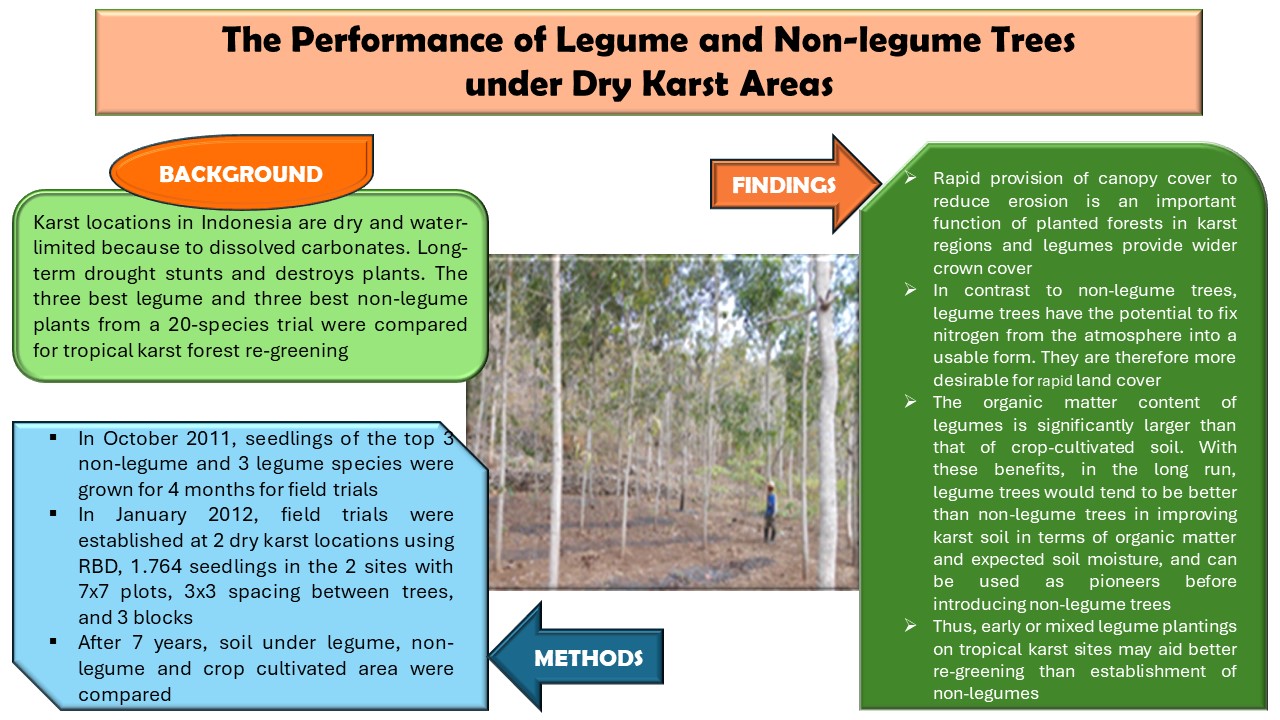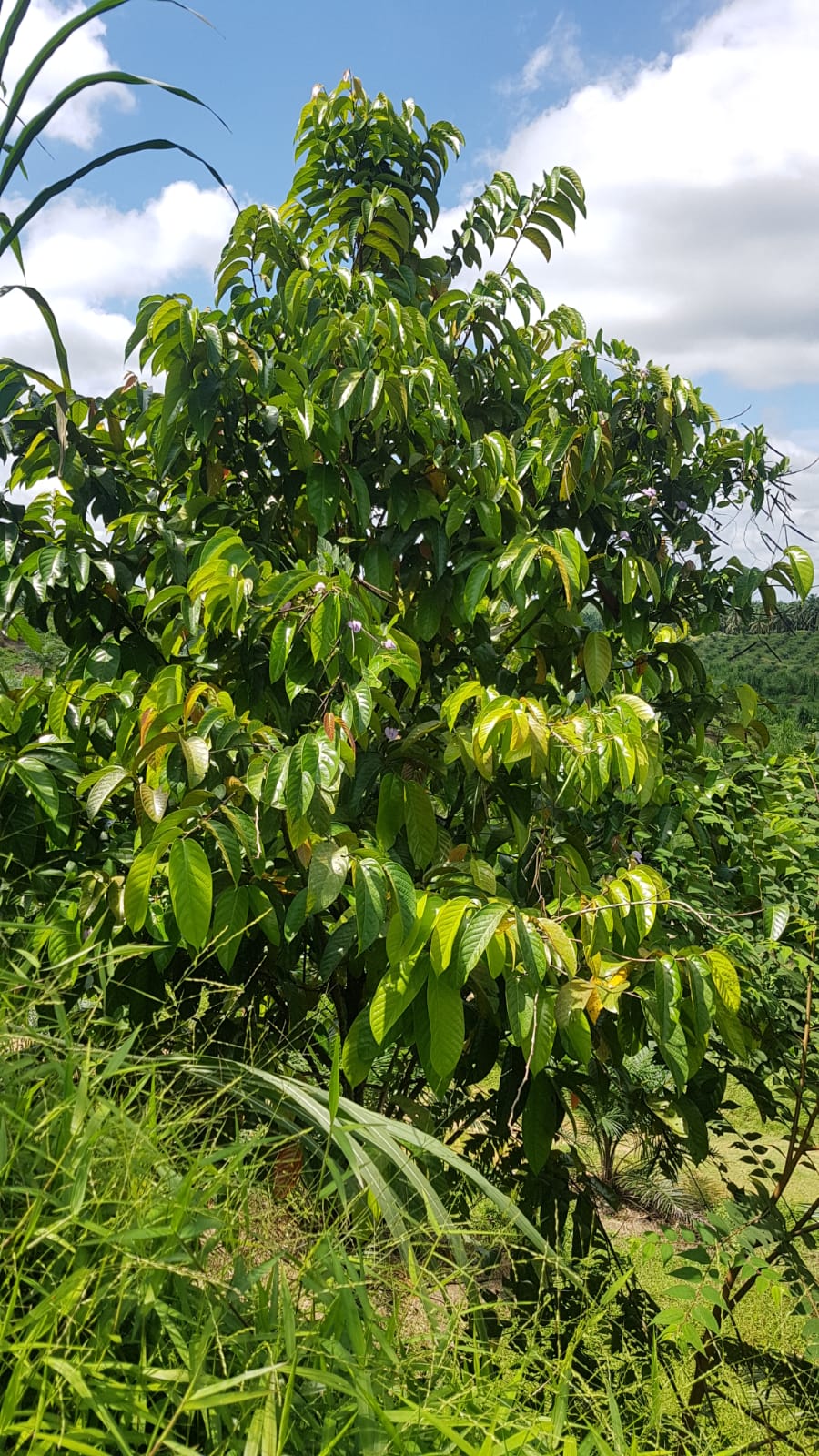Abstract
Twelve eucalyptus hybrid clones (6 grandis-camaldulensis i.e. GC and 3 grandis-urophylla i.e. GU hybrids) and 3 local landraces (E. camaldulensis, E. tereticornis, and E. urophylla) were established in Gede, Sokoke, and Msambweni in the Coast Province of Kenya in 2002, to compare growth, survival, and adaptability in the 3 sites. By the end of the 1st year, trees in Sokoke were more than 3 times the mean height of those in Gede and Msambweni. However, these growth advantages during the 1st year in Sokoke were not maintained and by year 2 Gede had caught up, although Msambweni still lagged behind. By age 5 there were significant growth differences between clones. Of the tree sites, Msambweni had the lowest tree growth. GC167, GC14, GC581, and GC584 proved themselves as the better clones, while E. camaldulensis and E. urophylla were the better local land races. Overall, the “local land races” performed poorly in all sites. Survivals were over 80% in all sites for the best performing clones. However, in Sokoke, 1 clone died (GU7) while another (GU8) had a survival of less than 20%, while EC and ET had survivals less than 35%. GC796 died in Msambweni and had 8% survival at Gede. The poor survivals in Sokoke may have been due to a severe drought in the 3rd year. The initial outstanding growth performance in Sokoke may have been due to the fact that Sokoke was a ‘virgin’ forest site and presumably more fertile than the other two sites. These results show that recommendations on outstanding clones or new germplasm for planting or sale to farmers are best done at the end of the rotation for a particular intended product or use.
Authors
KirongoB. B., KK. G., SenelwaK., EtiegniL., MbelaseA., & MuchiriM. (1). Five Year Growth and Survival of Eucalyptus Hybrid Clones in Coastal Kenya. Jurnal Manajemen Hutan Tropika, 16(1), 1-9. Retrieved from https://journal.ipb.ac.id/index.php/jmht/article/view/3189
Jurnal Manajemen Hutan Tropika is an open access journal which means that all contents is freely available without charge to the user or his/her institution. Users are allowed to read, download, copy, distribute, print, search, or link to the full texts of the articles in this journal without asking prior permission from the publisher or the author. This is in accordance with the Budapest Open Access Initiative (BOAI) definition of open access.




